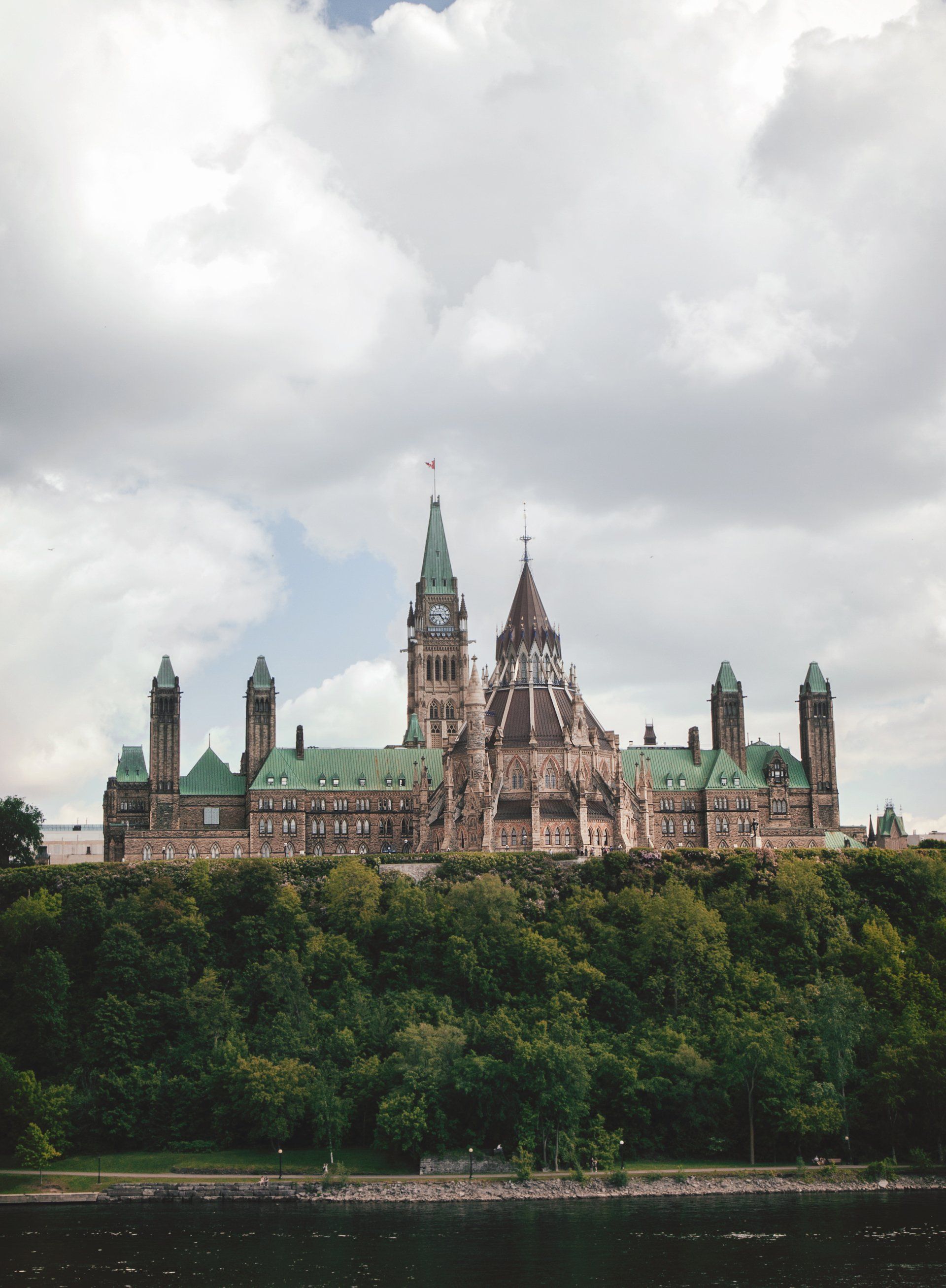Wind Energy
How Should Wind Fit Into the Global Energy Mix?
Wind energy has the potential to reshape the way we produce power. As the world transitions away from fossil fuels, wind energy presents an opportunity to generate renewable, low-emission, and low-cost energy.
There are two main types of wind energy – onshore and offshore. Both use the wind to turn a large turbine and generate electricity. Onshore wind is located on land, typically in open areas such as agricultural fields, while offshore is installed in large bodies of open water. Onshore wind is the most common source of wind energy because of its lower costs and relative ease of installation. In the future, offshore wind will play an increasingly larger role due to its higher generating capacity and lower variability.
This article is part of a series on alternative energy sources. It will explore the advantages and disadvantages of wind energy and show how it can play a role in the global energy mix.
How Is Wind Energy Used Today?
Wind energy made up just 2.2 percent of the global energy mix in 2019. However, global wind capacity has grown rapidly in the past two decades and is projected to continue to accelerate. There were only 24,322 megawatts (MW) of total installed capacity in 2001. By 2020, that number had grown to more than 742,000 MW. By 2025, more than 112,000 MW of new capacity is projected to be added each year.
Despite this massive growth, wind energy remains concentrated in a few countries. China is by far the leader in total installed capacity with more than 237,000 MW, followed by the U.S. with 105,400 MW and Germany with 61,300 MW. Outside of the top nine countries, the rest of the world has a total capacity of just 10,512 MW.
Some smaller countries rely heavily on wind. In Denmark, for example, wind energy accounts for more than 56 percent of its electricity. Uruguay (40 percent), Lithuania (36 percent), and Ireland (35 percent) also have a large share of wind energy. Canada, for comparison, produces 5.35 percent of its total electricity from wind.
Advantages of Wind Energy
Renewable and Low Emissions
Like solar, wind is renewable because nothing is consumed to generate electricity. The wind doesn’t stop blowing because it passes through the turbine, and more wind energy is freely available indefinitely.
With nothing burned or consumed, wind turbines can generate power without emitting carbon dioxide (CO2) or other greenhouse gases.
Considering the emissions produced to manufacturing the equipment, transport materials, and construct the turbines, wind power has the lowest lifetime emissions rate at just 4 grams of CO2 equivalent per kilowatt-hour of energy (g CO2/kWh).
Beyond emissions, wind turbines can negatively impact local wildlife populations. An estimated 140,000 – 500,000 bird deaths occur each year due to turbines in the U.S., though steps can be taken to mitigate this issue by placing turbines away from habitats or migratory routes. While this is a concern, it’s also important to recognize that the number of birds killed by turbines is relatively low compared to the 1.3 billion – 4 billion birds killed by domestic cats or the 365 million – 988 million birds that die from collisions with windows or tall buildings each year.
Low Cost to Build and Operate Onshore Wind Farms
Onshore wind farms are relatively simple and cost-effective to build, especially compared to other energy sources.
The cost of a 2-3 MW utility-scale wind turbine is typically between $2.6 million and $4 million. In total, the U.S. Energy Information Administration (EIA) estimates that onshore wind costs just $1,846/kW of generating capacity, while Canada’s National Energy Board predicts this could drop to as low as $800/kW by 2040. Compared to hydropower ($2,769/kW) and nuclear ($6,336/kW), wind power takes less time and is far less expensive to build.
Once installed, operating costs are very low and are mostly associated with regular maintenance. Only 20-25 percent of wind’s total power production costs can be attributed to ongoing operations. By contrast, fuel and other operational costs make up as much as 60 percent of the total costs of a natural gas-fired plant.
Wind Power Is Safe
One way to measure safety is to compare the number of deaths due to accidents or pollution per terawatt hour (TWh) of power generated.
Like all renewable energy sources, wind is incredibly safe and contributes to very few deaths. Brown coal, the deadliest of all fuel sources, has a death rate of 32.72/TWh. The death rate for wind is just 0.04/TWh, with most deaths occurring due to workplace accidents.
Beyond deaths, many people are concerned about the impact of wind turbines on human health, especially because of low levels of noise. While research is ongoing, a 2015 analysis of 25 peer-reviewed studies found that living near wind turbines had no impact on human health.
Disadvantages of Wind Energy
Intermittent and Variable
A wind turbine does not generate power if the wind is not blowing. Along with solar, wind is known as a variable renewable energy source (vRES). Without improvements to storage technology, onshore wind alone cannot meet baseload energy requirements, especially as demand varies throughout the day.
Capacity factor is one way to measure how often a facility is generating power at full capacity. In 2020, wind achieved an average capacity factor of 35.4 percent – more than solar but less than hydropower or nuclear.
Offshore wind farms have the potential to greatly improve the capacity factor to the point where wind could become reliable enough to be used for baseload power generation. By 2022, it is predicted that offshore wind will reach a capacity factor of 51 percent, nearly equivalent to what’s currently achieved by natural gas.
Land Availability and Usage
Wind turbines can’t just be placed anywhere. They need to be in areas with the right weather conditions, close to transmission lines, and far from houses and population centers. Resistance to wind turbines is often high in rural communities due to their appearance, height, and potential for noise.
Taken on their own, each turbine only requires about 10 meters of land. However, a 2009 study found that, on average, wind energy requires up to 57 hectares (0.57 km2) per MW. One calculation used this number and found that Canada would require nearly 27,000km2 of land to replace the power that currently comes from fossil fuels. To fully replace coal, the U.S. would need more than 200,000km2, or a land area roughly the size of Nebraska.
Unlike solar arrays, agriculture and other activities can still take place on the land surrounding the turbines. That said, land usage remains a significant limitation to widespread onshore wind energy.
Offshore Wind Is Very Expensive
Given the land requirements mentioned above, resistance from local populations, and capacity limitations, the future of wind will need to include offshore wind farms. Today, offshore wind only provides 0.3 percent of global power. This is expected to increase, with the Global Wind Energy Council (GWEC) predicting that more than 205 GW of new offshore wind will be added globally through 2030.
The challenge is that offshore wind is far more costly and challenging to install, and the cost increases the deeper and further out to sea the turbines are built. The U.S. EIA shows that the cost of an offshore wind facility is $5,453/kW. Transmission lines, electrical equipment, and other infrastructure must also be built to transmit the power back to land. Combined with increased wear and tear caused by the moisture and salt, the costs of building and operating offshore wind farms are far greater than onshore.
Wind Is a Highly Promising Renewable Resource for the Future
Wind energy is still in its infancy. Large countries such as China, the U.S., and Germany are all investing heavily in utility-scale wind capacity, while smaller countries such as Denmark have already transitioned a large portion of their energy requirements to wind.
Wind is a low-cost, renewable, and low-emitting source of energy. As offshore wind technology improves and becomes more widely deployed, wind has the potential to meet baseload power requirements at a scale unachievable by current solar technologies and at a lower cost than nuclear. Though the transition away from fossil fuels will take time and significant investment, wind has the potential to play a major role in the energy mix of the future.


